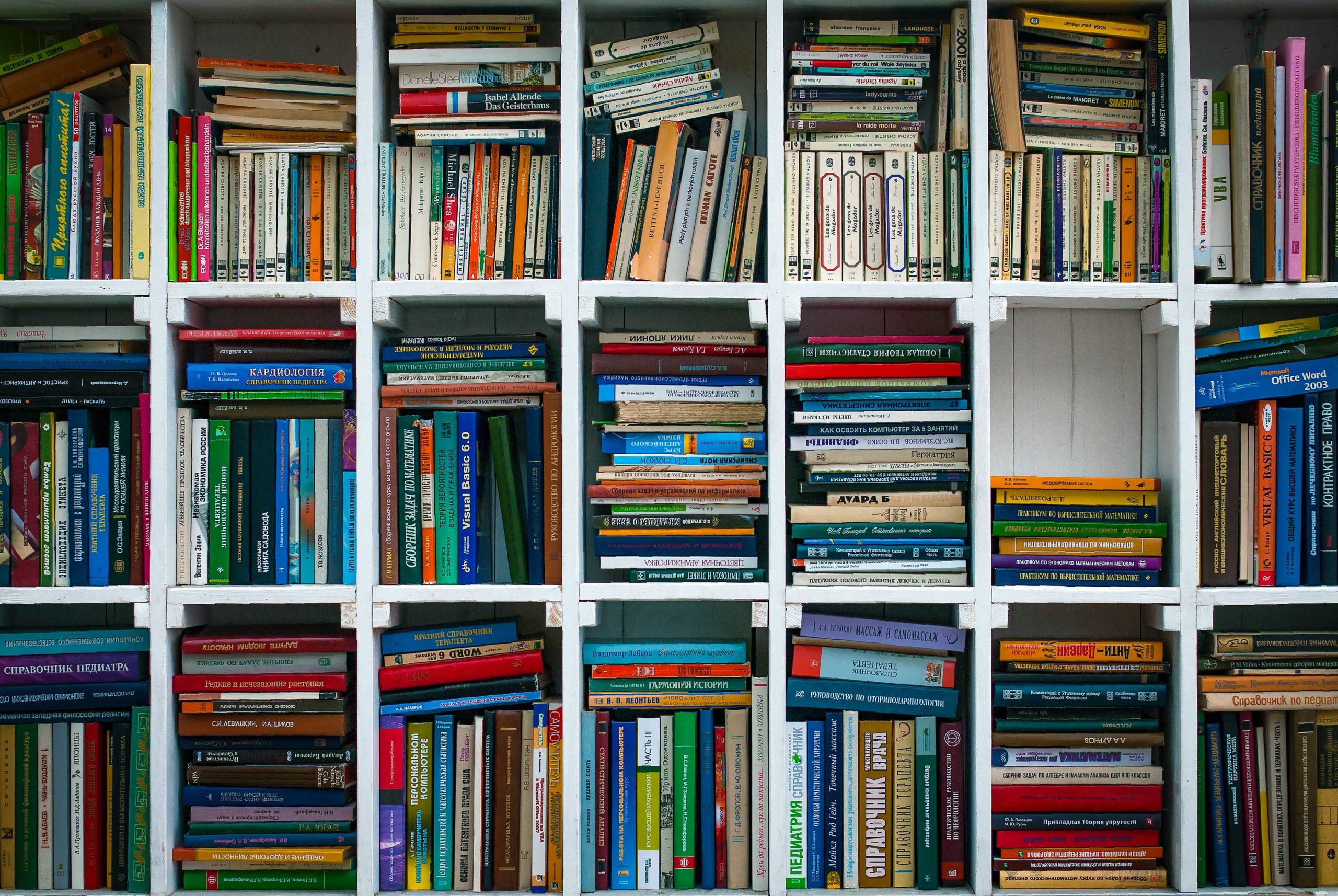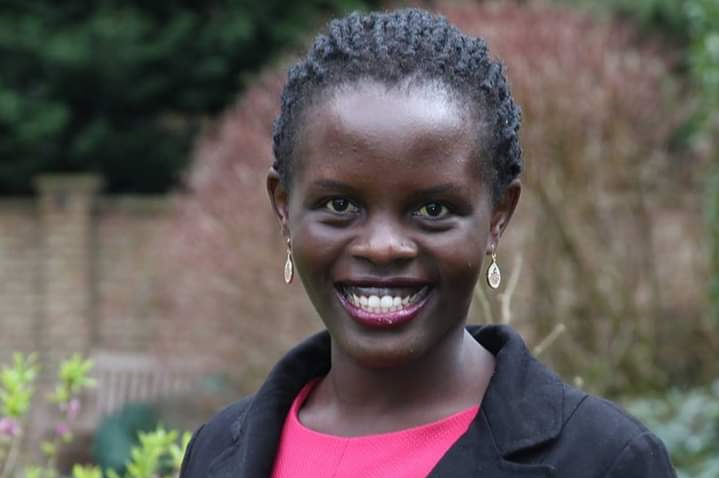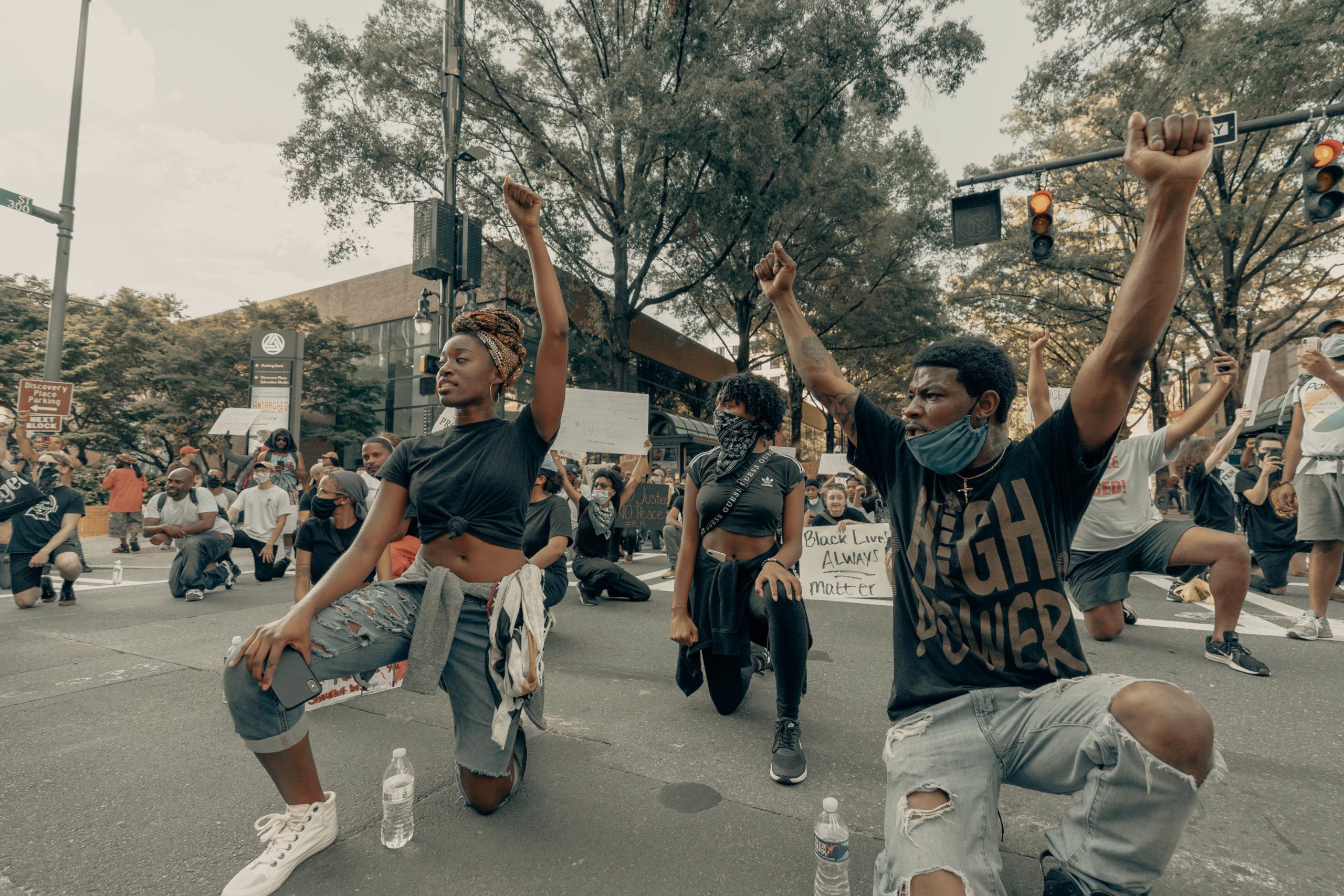As the debate about the removal of historical statues rages on, Professor Annie E Coombes reflects on the significance of statues in the discussion and commemoration of history.
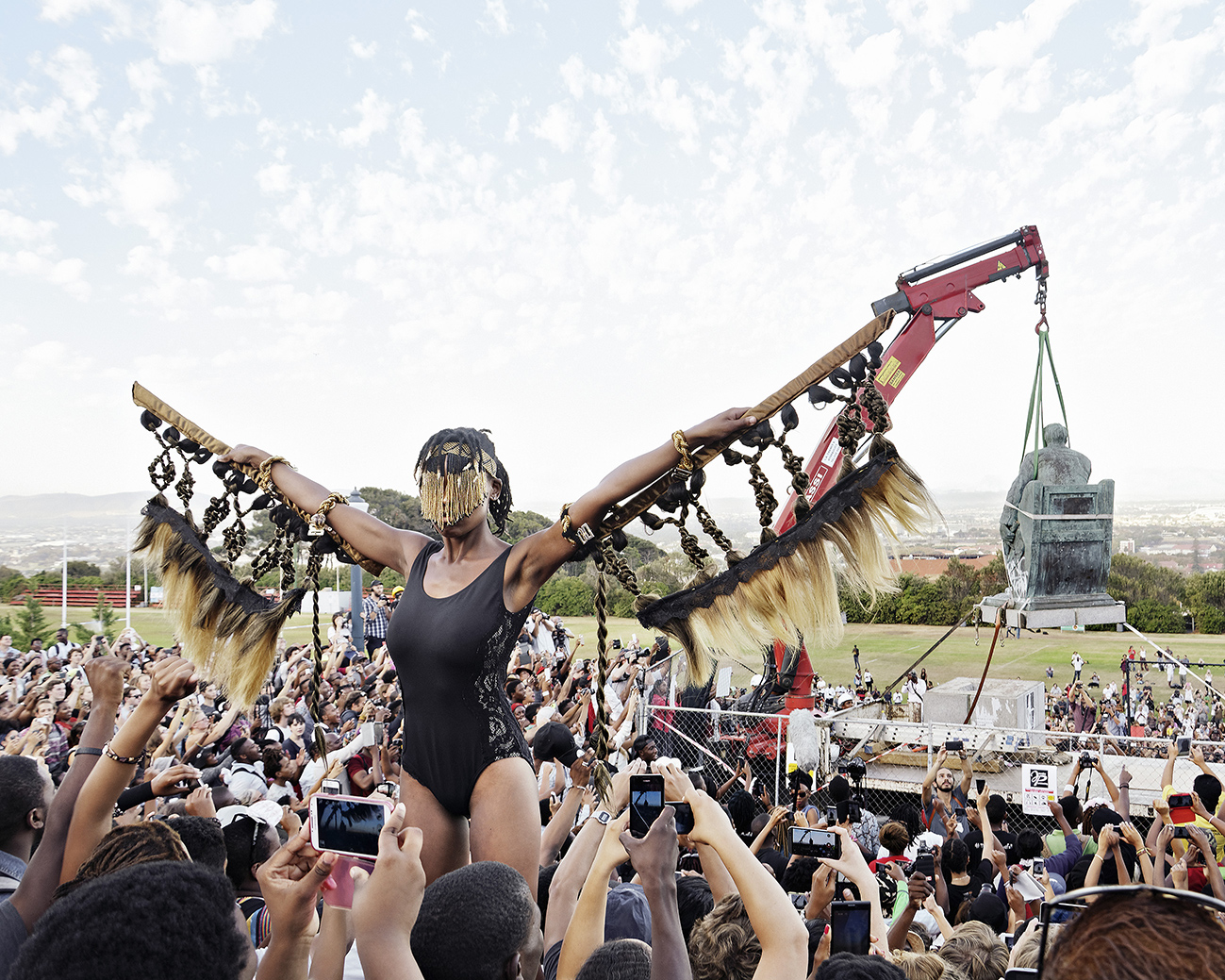
Sethembile Msezane performs ‘Chapungu – The Day Rhodes Fell’, April 2015.
Since the 2015 call to arms of the #Rhodes Must Fall and #Fees Must Fall campaigns started on South African University campuses in a drive to get universities to finally address the legacy of racial inequalities produced by colonialism and apartheid, the baton has been taken up by other students worldwide. They have demanded that educational institutions address colonial amnesia and actively decolonize the curriculum. Birkbeck and other colleges of the University of London have slowly begun to put some energy behind addressing these demands closer to home, although some of us have always had this at the heart of our research and teaching agendas. The recent protests initiated by Black Lives Matter have reignited awareness of the deep structural legacy of racism in the wake of George Floyd’s hideous murder at the hands of Minneapolis police. The ripple effect around the globe has strengthened the long-repeated calls for legislated action to ensure equal rights and their implementation.
Here in the UK the Black Lives Matter movement has lent support to the voices of Baroness Lawrence of Clarendon OBE and David Lammy MP in their insistence on the necessity of implementing, rather than ignoring (again) the recommendations made in the numerous reports and reviews on racial inequality in Britain (including the 1997 inquiry into Stephen Lawrence’s death, Lammy’s own 2017 review into the treatment of Black, Asian and Minority Ethnic individuals in the justice system and Wendy Williams’ review into the lessons learnt from the discriminatory treatment of the Windrush generation (2018 & 2020).
Municipal statuary has often been the visual centrepiece of these protests. For the past twenty years, I have been fascinated by monuments and their afterlives. The love, hate and ridicule they inspire, and the ways in which even those originally standing for the very worst aspects of human endeavour can become reanimated to generate a rallying cry for the most progressive solidarity. The recent toppling of the much-maligned statue of the Bristol slave trader Edward Colston during a Black Lives Matter protest is a case in point. That activism and energy were able to accomplish in one fell swoop, something that campaigners and academics in Bristol had been working towards for many years – a greater recognition of the ways in which the history of slavery has shaped the city of Bristol and the removal of celebratory monuments (including Colston’s) to the glory of that hideous trade.
Those who criticise the action as the erasure of history, fail to understand that the gesture has actually reignited an awareness of the importance of an understanding of how history shapes our experience of city spaces and either reinforces or excludes a sense of belonging in swathes of the population. In Bristol it has foregrounded the work of Madge Dresser, David Olusoga and others who have produced deep research on the often hidden histories of slavery and colonialism lurking in street names and municipal landmarks. (Dresser, Slavery Obscured: The Social History of an English Provincial Port c. 1698 – 1833, 2001) Perhaps iconoclasm and the deeper histories it draws attention to, can also enable a greater public recognition of the lives and deeds of men and women from BAME and other underrepresented communities. Or as Jared Brock says, writing on the hidden history of the ‘real’ Uncle Tom of the eponymous book – Joseph Henson, an unsung champion of the Underground Railway – “As monuments topple around the globe they leave space for worthier replacements’.
Research I conducted in Kenya at a moment when a new national history was being written in the wake of the unbanning in 2003 of the guerrilla organisation (Mau Mau) that had fought for the creation of an independent Kenya against British colonial rule in the 1950s and 60s, reinforced the potential power of monuments, but also their complicated valencies. In a quest for representativeness and a bid for national unity, following a wave of post-election violence that had rocked the country, local constituencies nationwide were asked to nominate heroes and heroines for national commemoration. While having many beneficial outcomes for some disenfranchised Kenyans, the nationwide competitiveness occasioned by the government ‘Taskforce for National Heroes and Heroines’. ended up reinforcing, rather than diminishing, the perceived and historic ethnic differences that had led to some of the worst post-election violence in Kenya’s history in 2009. ( Coombes, “Monumental Histories: Commemorating Mau Mau with the Statue of Dedan Kimathi”, 2011) But it is also true that the inauguration of these monuments (for example, to the Mau Mau leader, Dedan Kimathi in the heart of downtown Nairobi) provided the occasion for one of the few acknowledgements by the State, of the role of Mau Mau veterans in the creation of an independent Kenya.
On the other hand, perhaps it is worth considering that sometimes ‘disinterest’, can be as powerful a means of countering the hegemonic presumptions of any monument. In 1994, in the wake of the first democratic elections in South Africa, I began research on the ways in which histories were being re-thought and re-written in the public sphere in relation to different kinds of visual commemorative practice (monuments, memorials 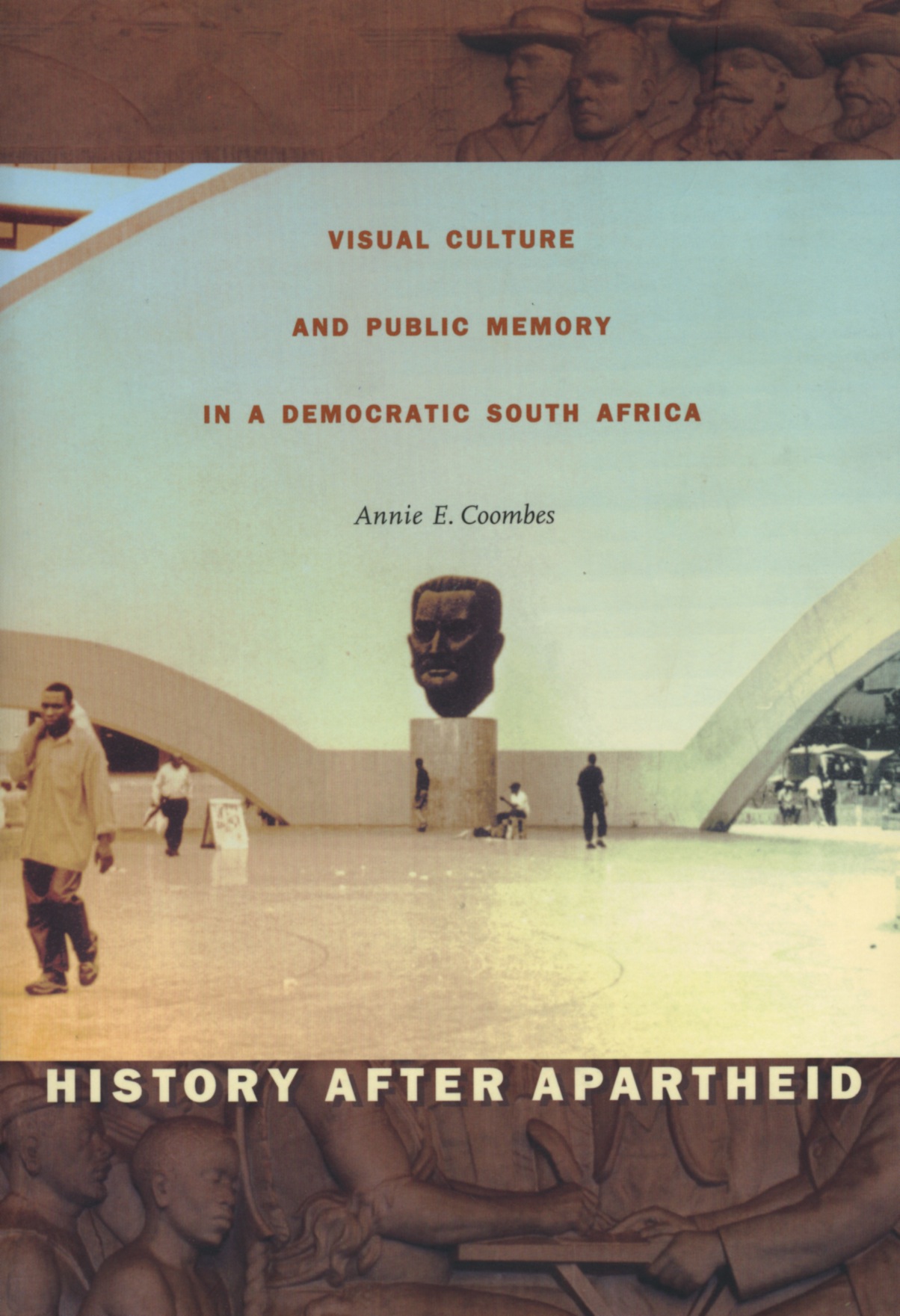 and museums). I took a photograph, later used on the cover of my book, History After Apartheid: Visual Culture and Public Memory in a Democratic South Africa (2003). It shows the gigantesque bust of J.G. Strijdom, Prime Minister from 1954 -58 and member of the white supremacist wing of the ruling National Party which established formal apartheid.
and museums). I took a photograph, later used on the cover of my book, History After Apartheid: Visual Culture and Public Memory in a Democratic South Africa (2003). It shows the gigantesque bust of J.G. Strijdom, Prime Minister from 1954 -58 and member of the white supremacist wing of the ruling National Party which established formal apartheid.
At the time the picture was important to me because it showed Black South Africans walking through the square, oblivious to its original significance, to the extent of using the space as an expansion of the entrepreneurial informal economy and setting up market stalls in the shade of Strijdom’s bust. It seemed to encapsulate a complete lack of interest in the overbearing sculpture commemorating a brutal figure in the apartheid regime. I wondered if the act of ignoring the violent history embodied in the monument and the square’s name, could be seen as constituting in and of itself, a form of resistance. In a neat and entirely appropriate twist to this tale, the monument (the head and the surrounding arch) subsequently collapsed, apparently of its own accord ! It has now been renamed Lillian Ngoyi Square after a member of the multi-ethnic crowd of 20,000 women activists, who marched on J.G. Strijdom in the Union Buildings in Pretoria, to present petitions against the extension of the hated Pass Laws to black women in August 1956 – which finally in 2000, gained its own monument commemorating the bravery of the womens’ action, “The Monument to the Women of South Africa”.
Looking back at a moment twenty years ago when monuments were similarly the visual flashpoints at the centre of protest in the UK, what struck me then seems as pertinent in the current statue debate: “… monuments are animated and reanimated only through performance and … performances or rituals focused around a monument are conjunctural. The visibility of a monument is in fact entirely contingent upon the debates concerning the reinterpretation of history that take place at moments of social and political transition. Their significance is consequently constantly being reinvented but always and necessarily in dialogue with their past”. (History After Apartheid, p.12) Thus the knowledge provided by the historian and art historian is absolutely crucial to a more complex understanding of that past and the lived experiences that contribute to its various and often competing interpretations in the present.
If living in Covid times has taught us anything, it is the value of social connectedness, of ‘community’ sought and found in unusual places, of the street as a valuable locus of social interaction. With this in mind, monuments and public memorials could play a critical role in reclaiming those streets and making many who have been disenfranchised and dislocated from British society feel more ‘at home’.
Annie Coombes is Professor of Material and Visual Culture in the Department of Art History and Founding Director of the Peltz Gallery. In Summer term 2021, she will be teaching the MA seminar option ‘Curating Difficult Histories’ as part of the MA Museum Cultures and MA History of Art.








